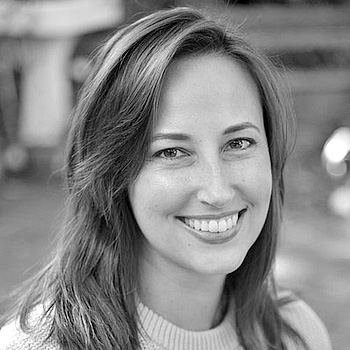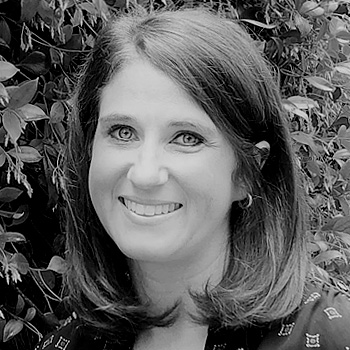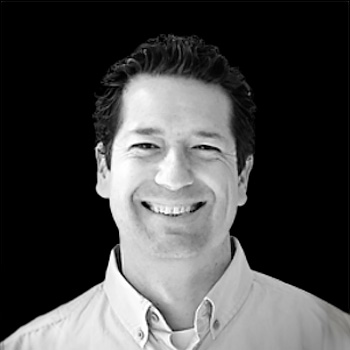Interiors
EVENT THEME
Detailing Interiors
In some ways, architectural projects succeed or fail based upon how well material and system junctions are negotiated. This is just as true for interior projects as it is for entire buildings. How does the wall meet the floor? How does one ceiling system transition to another? How are mechanical registers handled? When these small junctures are deftly detailed the effects ripple out across the entire project, so it pays to know how manufacturers’ systems work so you can successfully bring them together. In this accredited workshop, experts will lead tutorials on a variety of interior detailing conditions.
Agenda
10AM - 11AM
Credit type: 1 LU/HSW
Provider: Infinity Drain
Draining water away from buildings is a fundamental need in most projects – for indoor and outdoor locations as well as different building types. Just because there is a functional need doesn’t mean that the solution can’t also be a design feature. Architectural linear drains have been used to achieve effective drainage and design excellence. Addressed in this course are some of the basic principles for incorporating architectural drainage as well as examples of successful solutions.
Learning Objectives
- Identify and recognize the need and options for proper water drainage to provide safety and accessibility in different building types.
- Investigate the design options that are available to create water drainage solutions that are both attractive and safe.
- Assess the performance characteristics of architectural drainage systems that contribute to their effectiveness and safety.
- Recognize how the principles described in this course are applied to specific building types through project example case studies.
11AM - 12PM
Credit type: 1 LU/HSW
Provider: Garden on the Wall
Biophilic design is the latest frontier in creating indoor environments that help people feel, work, learn, and heal better. The design philosophy seeks to create indoors the patterns of nature that humans are naturally attuned to. This includes natural light and nature views, natural materials like wood and stone, and plants. While vertical walls of living plants seem to satisfy this human need for exposure to nature, the upkeep and maintenance of these assemblies has proven onerous.
That accounts for the growing interest in striking installations of all-natural, preserved plants that require virtually no maintenance but that deliver a power immersive experience of nature. And why not? The plants are all-natural, albeit with their sap replaced with a non-toxic solution, and without the pruning, watering, leaking of systems, and burden of care that their live counterparts require. This course introduces the learner to the biophilic benefits of preserved plant gardens for indoor use and provides high-profile examples where these installations are already benefiting building occupants, building managers, and building owners.
HSW Statement:
This course is about biophilia and the benefit it brings to the well-being of building occupants. Exposure to nature and natural patterns has been proven to reduce stress, improve cognition, and even to extend human life spans. The use of all-natural, preserved plants is discussed as a way to bring these benefits to building occupants. The use of these natural assemblies adds to achievement of LEED certification as well as toward other green building rating systems.
Learning Objectives
- Describe biophilic design and its effect on occupants of workspaces, healthcare, and hospitality.
- Explain how plants are preserved and used in indoor gardens.
- Define the design, fabrication, installation and maintenance of indoor gardens and planters created with all-natural, preserved plants.
- Discuss the importance of third-party testing and qualified installers for safety and sustainability.
12PM - 1PM
Credit type: 1 LU/HSW
Provider: Cascade Coil
Architecture is light.” As Le Corbusier stated, indeed architects spend a lot of design time working with the dynamic interplay of natural and artificial lighting on to, and in to, their building’s surfaces, materials, and three-dimensional spaces to create a complete experience for building occupants. With variable light transmission and reflection qualities, coiled wire fabric has quickly become one of the most popular materials for incorporating light into buildings by offering unparalleled design flexibility and customization through an incredibly cost-effective and durable material option suitable for a wide range of interior and exterior applications. This course delves into the specifics of this versatile architectural metal mesh material and looks at the variety of ways that it can be used to enhance architecture through the use of light. Starting with an overview of the material, we then look at the ways it can be a means of control and enhancement of both natural daylight and electrical lighting. Further, we explore its use as a surface where still or moving imagery can be projected. Ultimately, it is the combination of design prowess, materials, and lighting that create beautiful, functional architecture as seen in examples cited.
Learning Objectives
- Identify and recognize the specific nature of coiled wire fabric with its abilities to impact lighting, ventilation, and well-designed healthy spaces.
- Assess the use of coiled wire fabric to control or enhance the use of sunlight to create improved indoor environments for the welfare of their occupants.
- Explain the options available for using electrical lighting, including low voltage or energy efficient LED lighting, for interior and exterior installations.
- Determine ways to use coiled wire fabric to receive projected imagery, both fixed and moving, for artistic or performance purposes.
1PM - 2PM
Credit type: 1 LU/HSW
Provider: Moen
Learn the products, applications, placements, and fabrications that will align a practice or firm as a leading edge, forward-thinking source for discerning clients who will expect no less. Practical tips and examples opening a whole new universe of profit await the decision to design for all by designing for a lifetime.
Learning Objectives
- Learn about Universal Design and how to apply the principles in future projects.
- Incorporate Universal Design and Living in Place design for the health, safety, and wellness of its occupants.
- Highlight targets, examples for delivering Universal Design in the kitchen and bath.
- Differentiate your business with Universal Design while understanding the health considerations of the occupants.
2PM - 3PM
Credit type: 1 LU/HSW
Provider: Brainlit
Evolution has made natural variation of light essential for mankind, a need that has not changed despite our changed behaviors. In other words, modern lifestyles have disrupted our natural light-dark cycle and access to daylight. The negative impact is growing evident as light has a significant effect on our biological functions, well-being, and performance. This course breaks down the various aspects to consider in the implementation of BioCentric lighting, including the planning, design, electrical, IT, and energy code requirements.
Learning Objectives
- Explain the critical role daylight plays on our biology and the consequences of poor indoor lighting on society.
- Compare the industry’s different lighting systems and technologies, including traditional lighting, human-centric lighting, and Biocentric lighting.
- Identify the design, electrical, IT, and planning requirements needed to implement Biocentric lighting, in addition to key areas within buildings that benefit occupants the most.
- Understand the different specifications of light technologies and their alignment to energy code requirements and third-party standards.
















